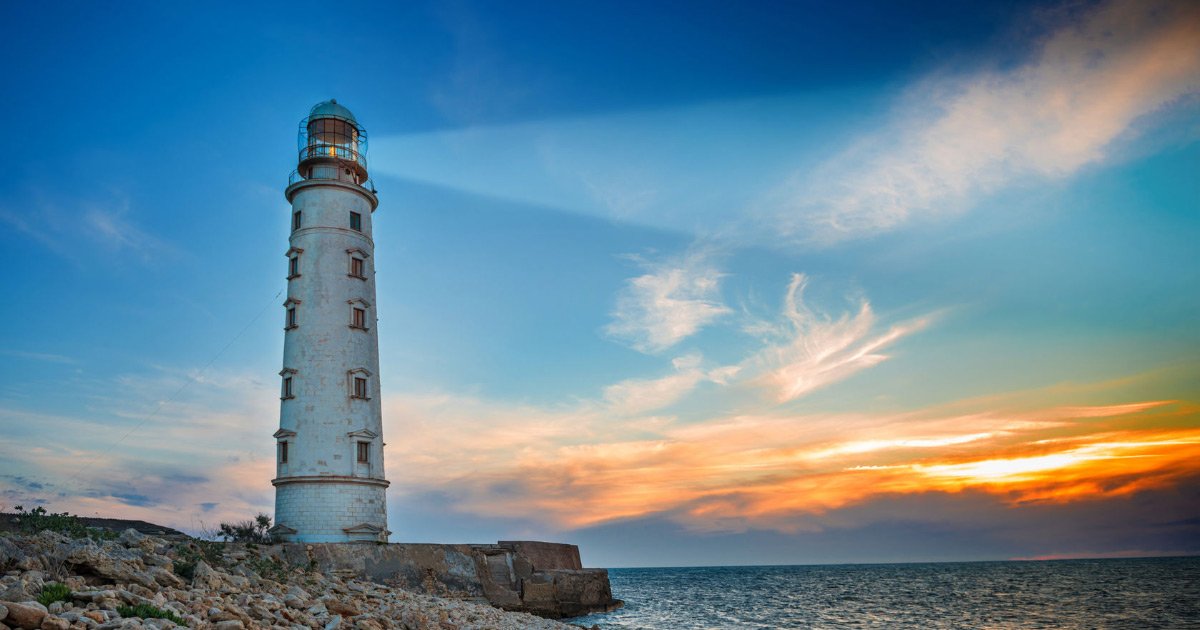What information is most important when passing a lighthouse?
I’ve been on a few lighthouse tours, and every time I’m with someone who has never seen one before. It’s always fascinating to see how much curiosity gets sparked when someone sees an old building that’s open to the public (and not just because it gives me a chance to show off my knowledge). There are many things that you might want to learn more about when visiting lighthouses: how they work, what they’re like inside, and how people use them in today’s world. In this article, we’ll look at some of these details and provide some resources on how you can find out more information about Canadian lighthouses yourself!
How to contact the people who operate the lighthouse
- Contact the people who run the lighthouse.
- They can provide you with more information about the lighthouse, and they might be able to arrange a tour if you’re interested in one.
- You may also want to ask them if they have any pamphlets or other promotional material for sale.
What was the name of the lighthouse?
The name of the lighthouse is one of the most important pieces of information when passing. This can be tricky because some lighthouses have multiple names and aliases, but it’s important to know which one you’re dealing with in order to avoid confusion. For example, if a ship says that they’re passing Dauphin Island Light Station, that means they are approaching Mobile Bay from above and will soon pass underneath Mobile Point on its way into town. If instead, they say “Mobile Point Lighthouse,” then they’re coming from Mobile Bay and heading towards land at Dauphin Island Light Station
Why the lighthouse was built in that exact location
It’s not just a matter of finding the highest point on land. Lighthouses are built so that they can be seen from the sea, and their location is determined by many factors. For example, lighthouses can’t be placed too close to each other; otherwise, they’ll create an area of darkness instead of alerting ships that they’re approaching the shore. Also, consider how much natural light there is in your area during the time of day when you need it most (daylight hours). This will help guide where you should set up your lighthouse — after all, you don’t want to build one only for it to go undiscovered!
How to get to each lighthouse if you plan to visit in person
Lighthouses can be found all over the country and are scattered across the globe. Some are on islands, some in the middle of nowhere, but most lighthouses are located on or within a stone’s throw from coastlines. If you plan on visiting one of these lighthouses in person, it is important to know how to get there.
Some lighthouses are accessible via public transportation or by car—others require a boat ride or an airplane trip (or both!). Listed below is information about each lighthouse’s location and how to get there:
How many lighthouses there are in Canada
- There are over 1000 lighthouses in Canada. Most of them are located on the east coast, but there are a few scattered around the rest of Canada as well.
- Lighthouses have been an important part of our history and culture for centuries, and they’re still used today by mariners to help guide ships safely through dangerous waters. If you’re interested in learning more about lighthouses or visiting one yourself, check out these helpful resources:
- https://www.voyageurcanada.com/en/things-to-do/lighthouse-tour
- http://www.vancouverislandlighthousepilgrimagesociety.com
How many ships have been saved by lighthouses
Lighthouses have saved countless lives—not just those of the ships that have been guided in safely, but also those of the lighthouse keepers themselves. These men and women can be considered heroes in every sense of the word: their bravery is matched only by their dedication to saving lives. They are unsung heroes, but they are real heroes nonetheless.
When the lighthouses were built, and whether they are no longer operating (there are a lot of retired lighthouses)
If a lighthouse is no longer in operation, it might not be open to the public. Some lighthouses have been decommissioned because they were no longer needed; others were simply retired and are now privately owned.
If you want to visit one of these retired lighthouses, you will need to contact them directly as they may not be listed under “Visitors” on the lighthouse website. If you’re still unsure about which ones are active or not, check out this list of inactive U.S. Lighthouses maintained by NOAA’s National Ocean Service!
Tips for taking a lighthouse tour
- If you’re looking for a lighthouse tour, there are two ways to go about it. First, you can search online or with an app like Yelp to find a list of nearby lighthouses and their associated tour companies. Second, you can look up the specific name of each lighthouse on this website (we’ve got links to all the major ones), then call or email them directly to see if they offer tours.
- If there isn’t any information about tours available online or through other channels, it might be worth reaching out directly anyway—many lighthouses don’t advertise their public hours because they have specific requirements for visitors that aren’t always obvious right away (for example: some lighthouses require reservations; others only allow small groups at a time). When researching multiple potential options ahead of time, ask yourself what kind of experience would be most appealing based on your interests and personality: Would you prefer something quiet and contemplative? Or would a larger group setting fit better with how much energy/time/money (etc.) is available? What kinds of activities do people typically enjoy during these outings? These questions will help narrow down which ones will ultimately be best suited for whatever kind of trip yours becomes!
- Some lighthouses have an educational component as part of their tours where guides take guests through different parts of structure while providing historical context along the way–these include places like Boston’s Old North Church in Charlestown MA where visitors learn about its history during colonial times before moving onto newer areas built later throughout US history such as when Samuel Adams was born there around 1722 AD—-There may also be opportunities during these events where participants get
Interesting and useful facts about Canadian lighthouses
Canadian lighthouses are a part of our history, and there are many interesting facts about them. There are over 1000 lighthouses scattered across Canada, so you can find one near you if you wish to learn more about them. A day or two spent at this type of location is sure to be great!
Conclusion
This is just a sampling of the information that you can find on these websites. I’ve only listed three out of many possible examples, but you should be able to get an idea of what kind of information they contain. If there’s anything else you want to know about lighthouses in Canada, I recommend doing some research!

